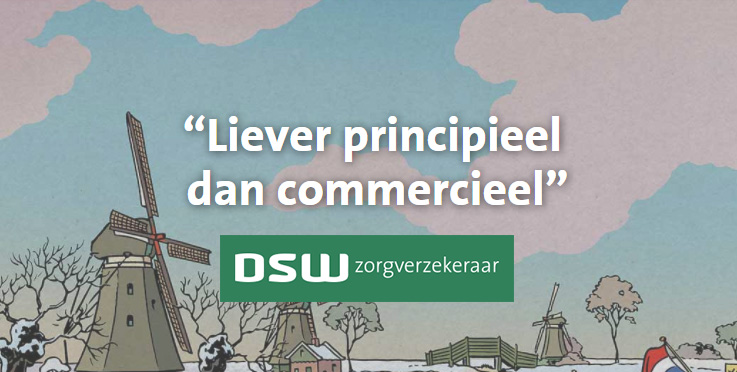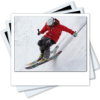Study guide with A Critical Introduction to Sport Psychology
Online summaries and study assistance with the 3rd edition of A Critical Introduction to Sport Psychology by Moran & Toner
- For Booksummaries with A Critical Introduction to Sport Psychology by Moran & Toner, see Summaries per chapter with the 3rd edition
- For all available summaries, bulletpoints, practice exams and glossaries with A Critical Introduction to Sport Psychology by Moran & Toner, see Study guide with A Critical Introduction to Sport Psychology by Moran & Toner
Related content on joho.org
»
Gerelateerde pagina's
Persoonlijke ontwikkeling en persoonlijkheidspsychologie studeren en stage in het buitenland
Psycholoog en coach in het buitenland via betaald werk, stage of vrijwilligerswerk
Studeren in het buitenland verzekeren
Therapeutische vaardigheden: leren of versterken
Relaties en meer lezen
JoHo: crossroads via de bundel
- Samenvatting van Introduction to Personality: Toward an Integrative Science of the Person van Mischel et al.
- Samenvatting van Understanding Motivation and Emotion van Reeve
- Samenvatting van Nudge: Improving Decisions About Health, Wealth and Happiness van Thaler & Sunstein
- Samenvatting van Human Development van The Human Development Teaching & Learning Group
- Samenvatting van The Cultural Nature of Human Development van Rogoff
- Samenvatting van A Life in Error: From Little Slips to Big Disasters van Reason
- Samenvatting van Reflecteren: De basis van Groen
- Samenvatting van Leren reflecteren van Nijgh & van Tol
- Samenvatting van Intimate Relationships van Miller
- Samenvatting van Mastery in Coaching van Passmore
- Samenvatting van Don't shoot the dog: The New Art of Teaching and Training van Pryor
- Samenvatting van A Critical Introduction to Sport Psychology van Moran & Toner
- Psychologie en Gedragswetenschappen: uitgelichte boeksamenvattingen
- Samenvatting van Interculturele Communicatie van Nunez & Popma
- Samenvatting van Cultural Psychology van Heine
- Samenvatting van A Critical Introduction to Sport Psychology van Moran & Toner
- Samenvatting van Essentials of Research Methods in Health, Physical Education, Exercise Science van Berg & Latin
- Wat zijn de 15 belangrijkste vaardigheden en competenties die je in het buitenland opdoet als je gaat werken of stage lopen?
- Studie en kennis: uitgelichte chapter- en boeksamenvattingen - bundels
Persoonlijke ontwikkeling en persoonlijkheidspsychologie studeren en stage in het buitenland
Activiteiten in buitenland
Nieuws
JoHo: partners met impact
JoHo: aanmelden of upgrade
JoHo WorldSupporter: crossroads
JoHo: crossroads in spotlight
- 1 van 4
- volgende ›
JoHo: pagina type checken
JoHo 'Teksten 'pagina
Wat is een JoHo 'Teksten' pagina?
- JoHo 'Teksten' zijn tekstblokken en hoofdstukken rond een specifieke vraag of een deelonderwerp
Wat vind je op een JoHo 'Teksten' pagina?
- Crossroad: volgen
- Via een beperkt aantal geselecteerde webpagina's kan je verder reizen op de JoHo website
- Crossroad: kiezen
- Via alle aan het chapter verbonden webpagina's kan je verder lezen in een volgend hoofdstuk of tekstonderdeel.
- Footprints: bewaren
- Je kunt deze pagina bewaren in je persoonlijke lijsten zoals: je eigen paginabundel, je to-do-list, je checklist of bijvoorbeeld je meeneem(pack)lijst. Je vindt jouw persoonlijke lijsten onderaan vrijwel elke webpagina of op je userpage
- Dit is een service voor JoHo donateurs
- Aanmelden
- Hier kun je naar de pagina om je aan te sluiten bij JoHo, JoHo te steunen en zelf en volledig gebruik te kunnen maken van alle teksten en tools.
- Aanmelding: checken
- Hier vind je wat jouw status is als JoHo donateur met of zonder abonneeservices
JoHo: footprint achterlaten



















